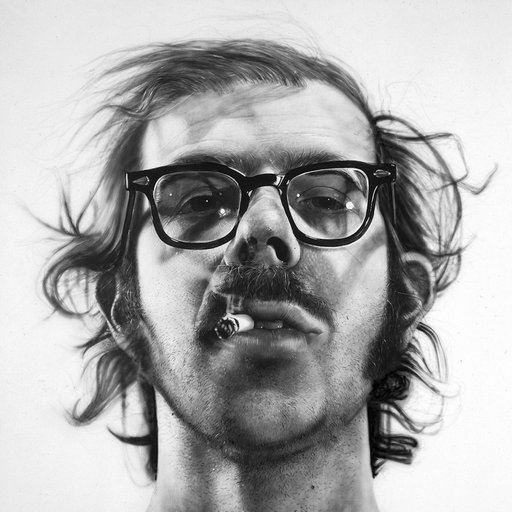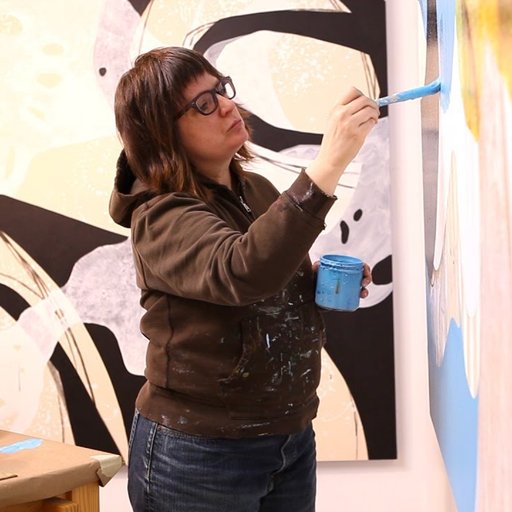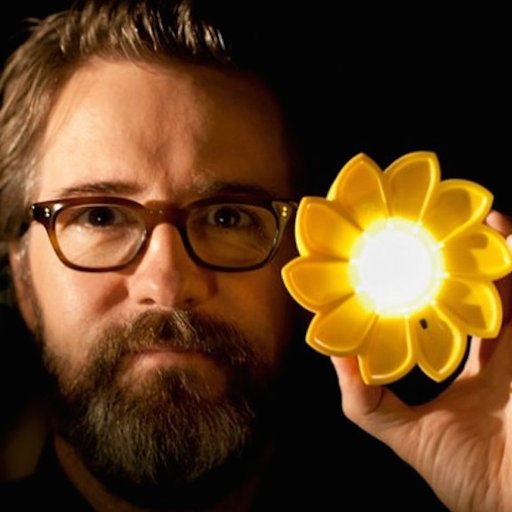The Columbian conceptual artist Doris Salcedo’s politically-charged sculptures and installations make the feelings of absence, loss, and disempowerment physical. These works, which often use everyday items like furniture and clothing as their main materials, are not so much translations of these states as they are clarifications, allowing a viewer to put a visible structure to emotional experiences. Her piece Untitled (1989-1990), for example, made up of ironed white shirts stacked and held together by metal rods, evokes visceral responses without referencing a specific event.
The Guggenheim is currently hosting a large-scale retrospective of Salcedo's oeuvre, featuring some of her best-known pieces, including Untitled. In this short essay, originally published in Phaidon’sDefining Contemporary Art—25 Years in 200 Pivotal Artworks, the 2015 Venice Biennale curator Okwui Enwezor describes the interplay between the emotive and political aspects of her work.
Political art, as has often been observed by its sternest critics, is the bane of that aesthetic pleasure to which all high art should supposedly aspire. Nowhere is such a judgment more qualified than in the marmoreal silence and emotional charge of Doris Salcedo’s sculptures and installations, which directly engage issues of political and psychic violence via precise examinations of memory and absence. As is the case for her contemporaries Rachel Whiteread and Mona Hatoum, sculpture for Salcedo is a method through which the archival and the evanescent, the ephemeral and the temporal, are transformed into structures of aesthetic embodiment through a variety of social and object relations. In her case, the violence that pervaded an entire era of military and paramilitary butchery and torture in her native Colombia needed not only to be given a narrative sensibility but also to be made concrete and permanent.
In this regard, Salcedo’s furniture sculptures, simultaneously enervating and poetic, evoke the historical character of monumental sculpture. Monumentality, however, is not the sole characteristic of her artistic gestures; there is fragility here too. In her untitled furniture sculptures a tremulous painterliness is evoked by the blank cement facades that blockade wardrobes, chests of drawers and chairs. Frequently employing such materials (as well as tables, shoes and articles of clothing) touched by human presence, Salcedo creates hauntingly symbolic sculptures that implicitly challenge attempts by powerful political systems to bury the public memory of violence by imposing upon their subjects acts of remembrance and commemoration strategies of official amnesia. In her concrete-filled sculptures, pieces of furniture take on the quality of figures and bodies. They are conjoined into hybrid entities, such as chairs entombed inside china cabinets whose doors have been permanently cemented shut. Blocked or barricaded, filled with cement or attached together, or arranged in minimalist tableaux, these objects erupt forth combinations of the personal and the political, the symbolic and the real.
Rarely does Salcedo eschew the ethical power of art to engage terrible realities. In her use of everyday objects, she interlaces the work of mourning with acts of ethical protest. Her furniture sculptures at once stand as obdurate markers of resistance against amnesia and as silent monuments that bear witness to extinguished subjectivities. The residues imprinted on the objects are thickly layered, advertising the touches and scratches of limbs and lumbering bodies. These are not merely signifiers of melancholic recollection. Instead, in their connection to real things, people and events, the sculptures articulate a degree of public disclosure and moral accountability not often seen in contemporary art – especially within the scarred body politic of Salcedo’s homeland, where torture, kidnappings and disappearance constantly threaten the very stability of memory.
Her sculptures always start with the immediately recognizable – that is to say, the body. In Atrabilarios (1992-2004), for example, shoes once owned by women who have been either killed or ‘disappeared’ are placed in cubbyholes gouged out of gallery walls and sewn shut behind dry uterine parchments whose translucence reveals the objects inside. The surgical wire used to sew the animal material to the wall suggests acts of suture, the mending of broken bodies and shattered lives. Throughout the early 1990s, Salcedo repeatedly employed not only symbols and signifiers of the body but items that, like the shoes, serve as prostheses and surrogates for the absent corpus. Untitled is exemplary of this procedure.
It comprises several stacks of identical, neatly ironed white shirts pierced with individual metal stakes at different junctures. Unlike the monumental furniture sculptures, Untitled is an exercise in visual restraint. Its monochromatic field spreads out in a landscape format that makes one think of bodies scattered across empty spaces, as well as slowing one’s movement and focusing one’s gaze on the very ordinariness of the garments and the formal regularity with which they have been organized. But within this formal elegance lurks a trap. At first the work provokes a sense of aesthetic pleasure, but it does so only to rupture that experience with more discordant reflections that suspend this spotlessly innocent looking piece between plenitude and absence. In its staging, the viewer has to come to terms with how political art must countenance and present the terrible, without overwhelming the senses with its own political priority or plunging the mind into a blank state of aesthetic detachment.
























